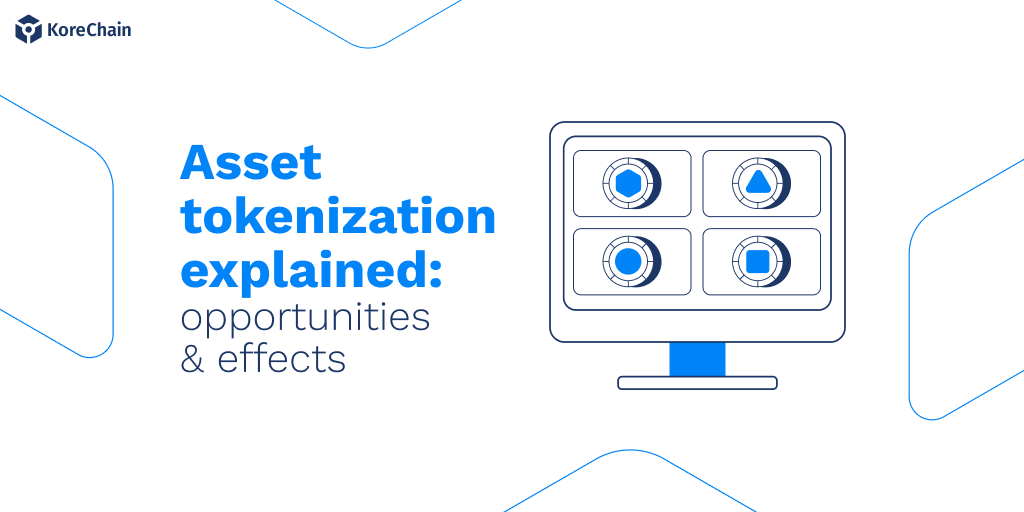Asset tokenization explained
Asset tokenization is a powerful use case for the blockchain. But what exactly is tokenization, what happens when we tokenize, and what are the benefits? Why tokenize and not leave well enough alone?
Tokenization is the process of representing an asset, physical or virtual, real or imagined, as a digital instrument, and housing it on a blockchain.
Examples of real physical assets include commercial real estate, paintings, sculptures, literature, printed music scores, gold master records of songs and movies, paper certificates of shares in a company, etc. Real virtual assets include audio and video files (of songs and movies), images (of art and sculpture), ebooks or pdf copies (of books and articles), and electronic shares in a company. Imaginary assets are those that do not have a real-world basis, such as crypto kitties and game characters.
What exactly happens when we tokenize an asset?
Representing an asset as an abstract digital representation is the most trivial form of tokenization, which begs the question, why bother? More sophisticated forms of tokenization would include other attributes that are not overtly or explicitly present in the original asset.
Here is a description of the increasing levels of sophistication in tokenization, offered merely to provoke some thought:
0. No extra attributes or properties in the token besides being a simple representation of the asset.
- The token includes some basic information such as the name of the owner and timestamp of creation of the asset and the representing token(s).
- The token includes all or most of the information in Level 1, plus details about the owner, provenance of the asset, mechanism for verification of the owner’s ID as well as the authenticity of the asset, and mechanism to validate the authenticity of the representation of the asset by the token.
- The token includes all or most of the information in Level 2, plus valuation of the asset and price basis of the token. Valuation can be quite complicated, as in the case of company shares, bonds, real-estate assets. Pricing can point to the price history of trades (and possibly other data such as volume).
- The token includes all or most of the information in Level 3, plus the rights and restrictions on transfers and trading of the token. For example, tokens that represent company shares may include voting rights, dividends or revenue share, right of first refusal, tag along rights, drag along rights, and effect of corporate actions, etc.
- The token includes all or most of the information in Level 4, plus support for defending regulatory challenges about compliance with any applicable laws.
KoreTokens are designed to function at Level 5.
Final insights
When it comes to what is asset tokenization, a lot of issues come into discussion. One of them is that tokenizing assets transforms both tangible and intangible assets into secure digital tokens via blockchain, revolutionizing traditional asset management.
It not only enables fractional ownership and expands investment opportunities but also enhances market liquidity and transparency.
From simple digital representations to meeting regulatory standards, each tokenization stage reinforces the digital identity of assets, securing trust and authenticity.
KoreTokens stands at the vanguard of this progress, showcasing the comprehensive capabilities of asset tokenization.






